Digital technology like cell phones, laptops, computers, and smart TVs play a significant role in our rapidly growing climate change problem, say experts. How?
The digital tech industry is one of the most environmentally damaging and least sustainable industrial sectors in the modern world.
According to Phys.org, “More than five billion of the estimated 16 billion mobile phones possessed worldwide will likely be discarded or stashed away in 2022,” creating a demand for new production. That’s enough to make a new dent in our already serious problem.
So, is there nothing you can do?
Sure, there is. And that’s what we’ll talk about in this post. We’ll look at how our digital technology contributes to the climate change problem and, more importantly, what YOU can do about it.
So, let’s begin.
Climate Change & Its Hazards
Before we begin, let’s have a quick look at climate change and its risks to the human race.
According to the United Nations: “Climate change refers to long-term shifts in temperatures and weather patterns. These shifts may be natural, such as through variations in the solar cycle. But since the 1800s, human activities have been the main driver of climate change, primarily due to burning fossil fuels like coal, oil, and gas.”
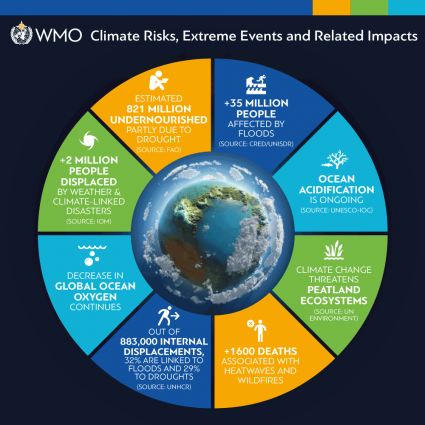
Experts expect the global temperature to rise by 1.5° C (or about 3 degrees F) within the next few decades. Though this change may seem insignificant, it will severely affect all regions of Earth.
And digital technology is just adding to this problem.
Role of Digital Technology in the Climate Change Problem
Modern digital technology contributes to the climate change problem in two ways — direct and indirect. Let’s have a look at both of them.
Indirect Effects
Redundancy and unsustainability are ingrained into the digital technology business model. One example of this is companies making their older products unsupported or unusable with the sole intention of extracting more profits from the consumer.
Let’s look closely at some of the indirect effects of digital technology on climate change.
Replacement Rather Than Repair
Most of the ICT (information and communications technology) sector is based on the fundamental concept of replacement rather than repair. If you’re old enough to remember fixed-line telephones, you know they lasted virtually forever.
But now, millions of people replace their mobile phones at least once every two years, creating a huge demand for companies to produce more phones with just slightly upgraded features.
Phones get wear and tear after a certain use period. But, there’s a simple solution to this—repair. And although there’s a growing cell phone and digital repair sector emerging in many third world countries, in developed nations, the concept of repair is still rare, prompting people to buy the latest technology rather than re-use.
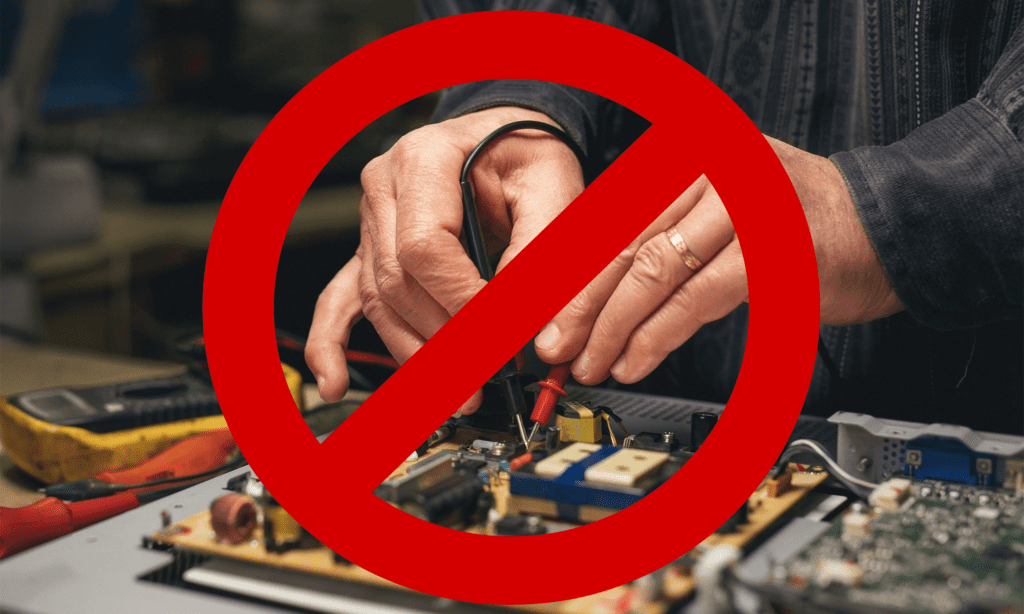
And even if people choose to find independent repair services, companies like Apple, Microsoft, Amazon, and Google work hard to make third-party repair next to impossible, says Mark Bergen in his article in Bloomberg.
On the upside, increasing legislation is beginning to have an impact. Apple did announce a shift of emphasis in late 2019 to make repair easier.
Statistics say that an average mobile phone production creates 55 kilograms of carbon emissions.
And in 2018 only, 1.9 billion cell phones were manufactured and sold. Experts say that the carbon emissions while producing these phones were at least equal to the Philippines’ annual carbon emissions. And that’s a country with over 100 million people.
Software Development Forces Hardware Upgrades
Besides making repair harder, the constant software upgrades that require new hardware also force people to keep upgrading their devices regularly.
This inevitably causes the consumer to pay more money to replace their equipment. Once you buy a new device, your older equipment becomes redundant. So, most people just throw their old devices away after not using them for some time. This adds to our already unmanageable e-waste problem.
The Growing e-Waste Problem
In 2014, global tech users produced around 41.8 million tons of e-waste, totaling some $52 billion of potentially reusable resources. And only a tiny portion of it was collected for recycling.
In 2019, the e-waste numbers were just a little under 50 million tons, with only 20% of it being dealt with appropriately.

Because of this, many countries worldwide have become dumps of such waste, with severe environmental consequences.
If e-waste was just solid materials, it wouldn’t be as much of a problem. But each illegally discarded electronic gadget releases air pollutants, soil contaminants, and materials that acidify drinking water.
This further gives a significant boost to the technology-induced climate change problem.
Learn more about e-waste and your role in reducing it in my post, “E-Waste—A growing threat to the environment: How are you contributing?”
Environmental Exploitation
Besides irreparability and e-waste, producing new gadgets also requires many materials, forcing companies to exploit the environment. Have a look.
Need for Rare Minerals
A single cell phone contains more than a third of the elements in the periodic table. With an increasing demand for new cell phones, mining this limited supply of rare minerals becomes necessary.
“To extract mineral ore, large chunks of Earth have to be removed with explosives or heavy machinery. Those machines run on fossil fuels that release CO2 and other pollutants, while explosives produce carbon monoxide, which also contributes to global warming,” says Antoine Allanore and Elizabeth Gribkoff of MIT.
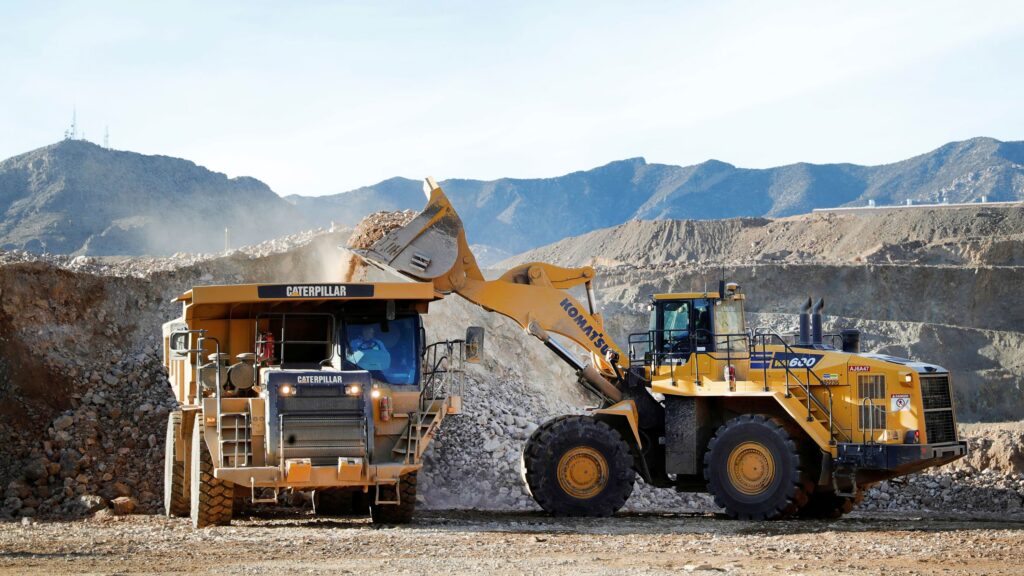
Minerals like cobalt, gallium, indium, tungsten, and the 17 rare-earth elements are becoming increasingly rare, causing companies to add more effort into mining them.
This directly translates to more explosives, more heavy machinery, natural vegetation reduction, and global warming.
Direct Effects
Those were some of the indirect effects of how our digital technology contributes to climate change. It doesn’t stop there. Have a look.
Carbon Impact of Digital Technology
Did you know that “the carbon footprint of our gadgets, internet, and the systems supporting them accounts for 3.7% of global greenhouse emissions?”
And worse yet, these numbers are predicted to double by 2025.
The carbon impact of the Information and Communications Technology (ICT) sector is significantly more than many people appreciate. Statistics say that the global IT sector’s electricity demand ranks behind only two countries in the world—the US and China.
Estimates show that the ICT industry emits about 2% of global CO2 emissions. Much to my surprise, the airline industry ranks lower.

Some reports suggest that the digital sector can be credited for as much as 4% of total greenhouse gas emissions.
And don’t mistake this for carbon emissions produced while manufacturing your device. Every time you go online, every website you click, and each hour you spend on the internet requires an additional amount of electricity to go to data centers, adding a significant amount to these numbers.
Expanded Physical Infrastructure
New technology requires new infrastructure. This means a lot of deforestation and making lands infertile.
Case in point, 5G. This new, in-deployment network requires a large number of cell towers and antennae, as well as server farms and data centers. To build this, imagine how many environmental sins we will commit.
And it’s not just about the electricity demands for cooling data centers. The sheer size of data farms has a significant physical impact on the environment.
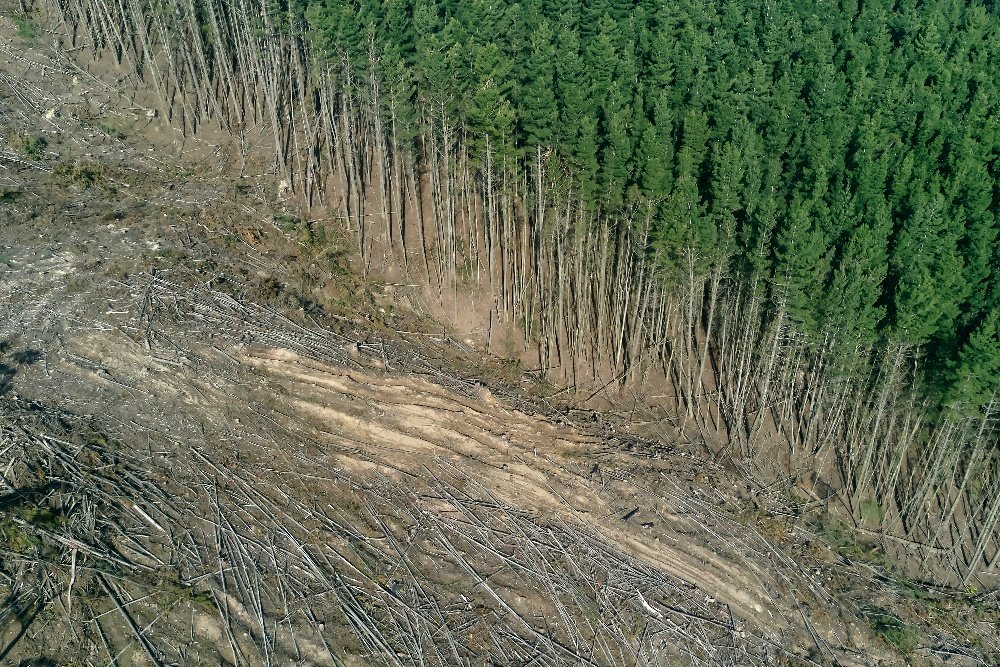
An average data center covers approximately 100,000 sq ft of land. One of the largest data centers located in Langfan, China, covers around 6.3 million sq ft (which is equivalent to the size of the Pentagon in the USA).
So, combine the carbon emitted while producing electricity for these data centers and the trees we have to cut for them, and the environmental impacts are unimaginable.
Your Role
So, now that you’re familiar with the environmental impacts of the gadgets you love so dearly, the next obvious question is, what can you do about it?
And the good news is, there’s a lot you can do to reduce your role in the climate change problem.
Here’s what you can do.
Repair Not Replace
Today’s throw-away society is not just putting a strain on our planet but your wallet as well. So, starting today, I want you to pledge with me to #repairnotreplace.
If your gadget is repairable, make an effort to fix it.
If you don’t have a repair café nearby, you can also get in some DIY. The Restart Project hosts community repair events worldwide, where volunteer fixers will help you learn how to repair your broken or slow devices.
Check out the Restart Project website for more information.
Control Your eWaste
If your device is unrepairable, don’t just throw it in the trash can. You’d think that throwing it in the green bin with the recycle symbol would ensure that it stays out of landfill, but more often than not, this doesn’t happen.
If you have a device that needs recycling, go online, find an official e-waste recycler, and hand it over to them.
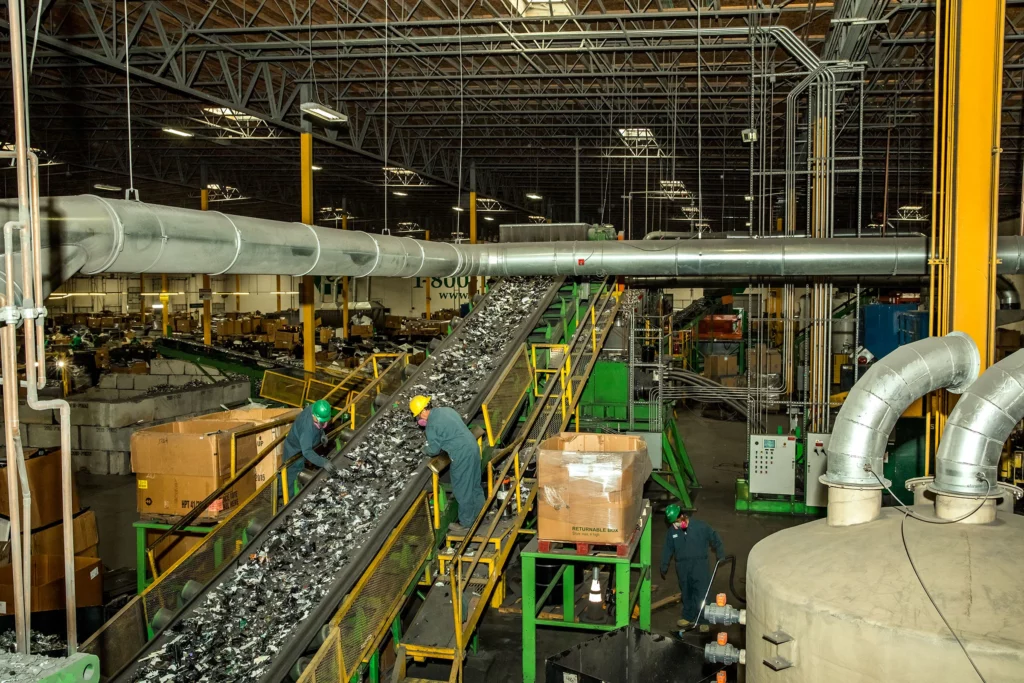
Doing this is beneficial in two ways.
- It won’t affect the environment
- Recycling with certified companies will ensure that the data on your devices won’t be recovered and leaked. See, even if you delete the files on your phone and computer, restoring them is fairly easy. So, recycle properly, and protect your data from malicious actors.
Only Buy Gadgets You Need
You go online and see an ad for a shiny new phone. Ensnared by its amazing features, you hit the buy button.
Now, what about the old one? In most cases, it will just sit there collecting dust. But, because you bought a new phone, you gave the company a reason to manufacture a new one.
And just like that, your impulse buy added an enormous amount of pollutants into the environment.
So, from now on, before buying a new electronic device, give it at least 24 hours and ask yourself if you really need that new shiny gadget or that new mesmerizing feature.
If the answer is no, hold off on your purchase.
Reduce Your Tech Usage
As I already mentioned, each moment you spend online increases the demand for electricity in data centers to fulfill your request.
That increased electricity demand requires additional burning of fuel. So, reduce your tech usage.
And not just for the environment. Prolonged tech use also affects you physically, mentally, emotionally, and psychologically.
So, for every minute you spend not using your phone or computer, you get a reduction in your risk of developing technology-induced health problems.
You can learn more about this on The Healthier Tech Blog.
Help Reduce Your Carbon Footprint
Besides doing the things I mentioned above, you can further reduce your carbon footprint in the following ways:

- Avoid products with plastic packaging (including water—carry a reusable bottle from home, if needed)
- Walk or bike to some of your regular short-trip destinations
- Turn off lights and unplug devices when you’re not using them
- Keep the tires on your car properly inflated and get regular tune-ups (this will reduce your gas usage)
- Use alternative transportation (bus, train, carpool, or bike) to get to work one day per week
- Eat more food that is grown or made locally
- Turn off the heat and AC when you’re not home
- Recycle, recycle, recycle
Final Thoughts
Although modern technology can do a lot of harm, it isn’t necessarily evil. Because without it, we’d still be living as people lived in the 1800s.
What I’m saying is you don’t have to condemn technology to protect yourself and the environment from its harmful effects.
All you need to do is create a healthier relationship with technology.
There are so many ways you can do that. On The Healthier Tech Podcast, we sit down with incredible experts from all different industries and have fascinating discussions about how technology can be used in a safer, healthier way.
The podcast is available on all major platforms, so do give it a listen.








